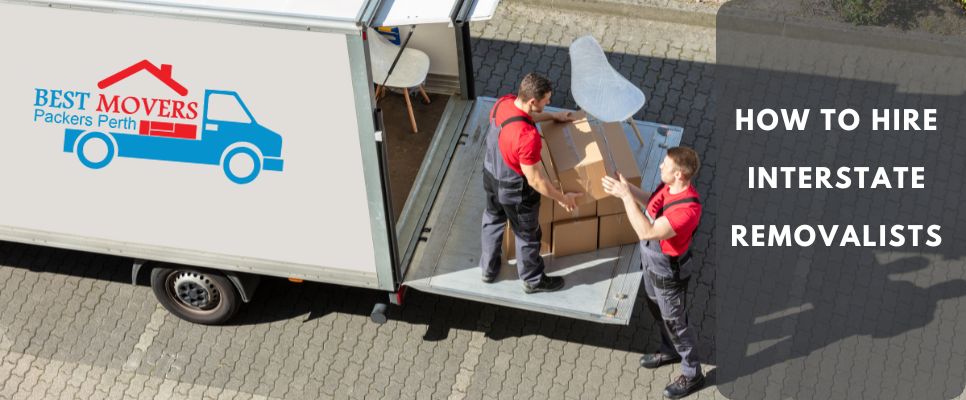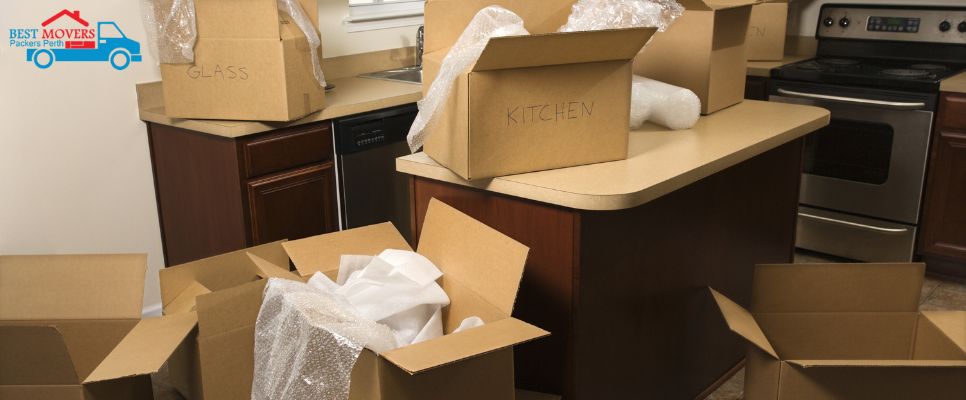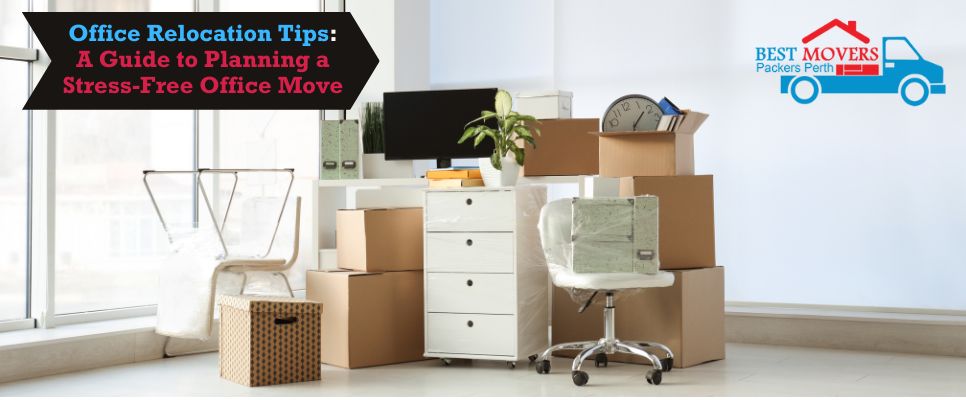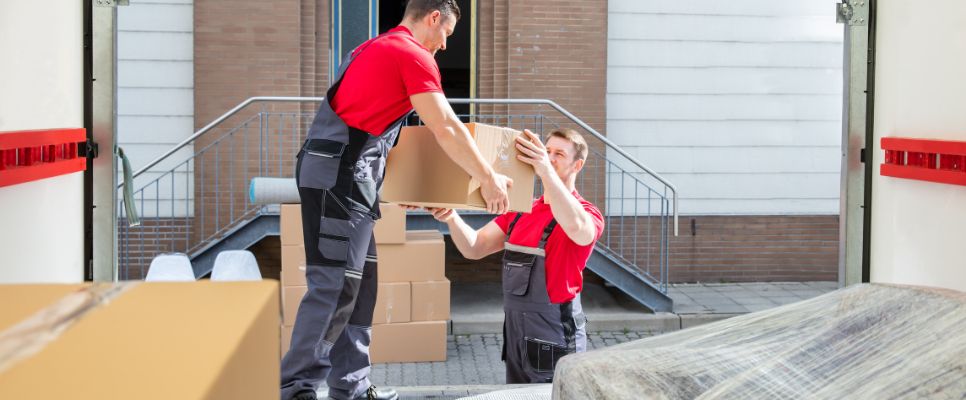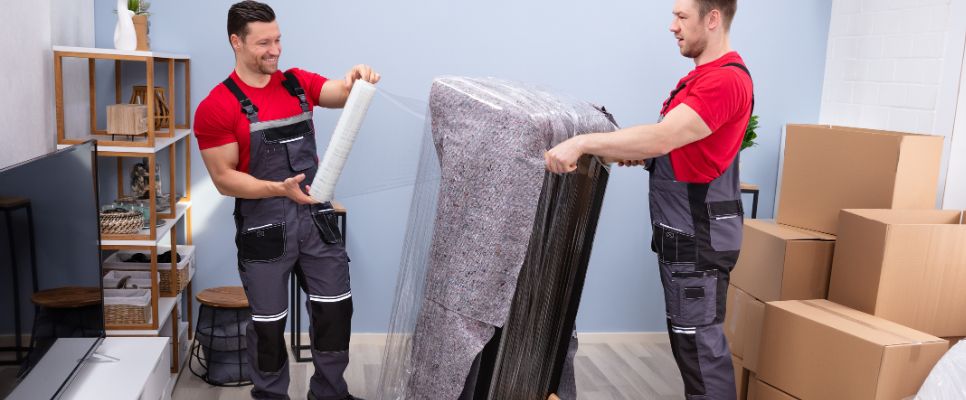Change of Address Checklist: The Ultimate Guide
In case you are looking to move to a new house, it is important that you need to have a proper guide about the address change. Moving to a new house can be exciting as well as challenging. One of the most important things is changing the address. You must make sure that your address is updated with all the organizations and services for a smooth transition. For a detailed checklist for change of address, read this guide thoroughly till the end.

What Should Be On Your Change of Address Checklist?
Change your home address, grow in your life and achieve what you want. You can use this change of address checklist to make this transition easy for all.
1: Update Address At Government Agencies And Services:
Updating your address in government agencies and services is one of the things that you need to keep in mind. Some of the major organizations in Australia are:
- Australian Electoral Commission: This is a government agency where you can update your address for voter registration and ensure that you receive all the important electoral information.
- Australian Taxation Office: Your address must be updated at the Australian Taxation Office to get your refunds on time and claim other benefits as well.
- Department of Transport: Updating your driver’s license and vehicle registration details is also an important part.
- Medicare: To receive important health-related correspondence, you have to update your address at medicare agencies.
Other than these, it is also important to update your address at other agencies such as your Veteran’s Affairs and Department of Work and Pensions.

2: Updating Your Address At Financial Institutions:
The next step is to notify the financial institutions about the change of address so that you receive your account statements at the right location. Some of the common financial institutions include:
- Credit unions and banks come under financial institutions.
- Insurance companies including home, auto, and life are also a part of financial institutions.
- Apart from these you also need to update your address at investment accounts including stocks, bonds etc.
3: Updating Address At Utility Providers:
Another important thing to remember is to update the address of the utility providers to avoid interruptions in the services. This includes:
- Gas and electricity providing companies.
- Water and sewerage services.
- This also includes phone, internet and cable providers.
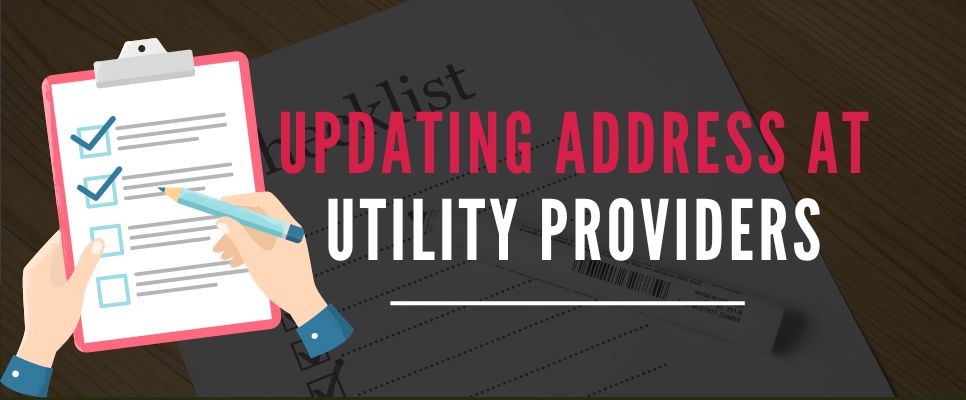
4: Memberships And Subscription Services:
There are various subscriptions people take and these memberships also require address updation. Some of the common services include:
- Newspapers and magazine subscriptions.
- Streaming services such as Netflix, Amazon, Spotify etc.
- Fitness clubs and gym memberships.
- Reward memberships and other loyalty programs.
5: Other Important Organizations:
Many other important organizations might require the update of address. These organizations include:
- HR department of the company where you work.
- Educational institutions such as schools and colleges.
- Licensing boards and other professional associations.
- Welfare services or social securities.
Change Of Address In Various States Of Australia
- New South Wales: The government of NSW helps you by providing a list of links that will help you easily change your address across all their platforms. Please click the link to access the NSW Change of address page.
- Western Australia: The government of West Australia has a separate web page where you can find a list of all the departments and change your address through the website.
- Queensland: A new service has recently been introduced by the government of QLD which will help you in updating the address across all of their organizations at once with the help of the QLD change of address page.
- Tasmania: To update your address in Tasmania, you can visit the Tasmanian government’s page and fill out the change of address form to change your address in various organizations such as driver’s license, firearm services, land tax, senior’s card and various other services.
- South Australia: Just like WA and NSW, the government of South Australia also provides a webpage link through which you can change your address with various organizations.
- Victoria: Just like WA and NSW, the government of VIC also provides a webpage link through which you can change your address with various organizations.

Saving The Receipts Of The Requests You Make For Change Of Address
Another important thing you need to keep in mind is saving all the receipts of the requests you have made for a change of address. Whether it is a written confirmation or an online receipt, keep it safe. This will be as a confirmation of proof that you have fulfilled your responsibilities.
Conclusion
Updating your address in various organizations and services might look like an irritating job but it is very important when you are shifting to a new city, suburb or state. By using the right methods and taking the right steps you can change your address without any hassle. This will help you in a smooth transition to your new house. You need to look after a few things such as updating the right address and also collecting the online receipts or written confirmation from the organizations about the address update.













